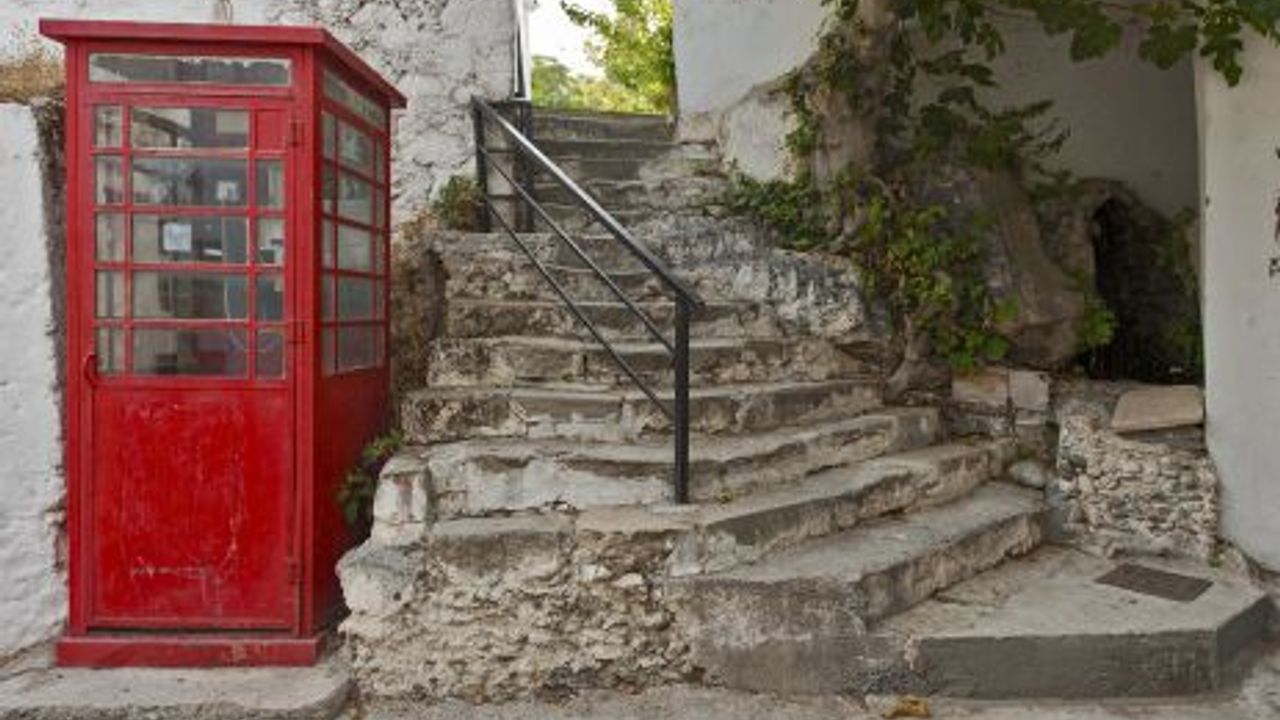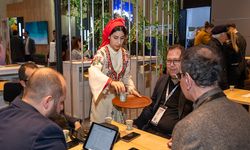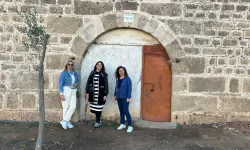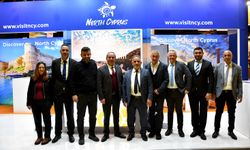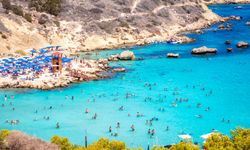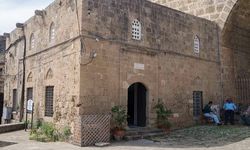Hasan KARLITAŞ
Unarguably, one of the most interesting and special places in Cyprus is Karmi. Karmi presents the colours of the Mediterranean and Cyprus with its location between the mountains and the sea, clean streets, houses full of personality, colourful doors, the flowers at the doors and cute cats.
Karmi is a fairy-take like village. I am impressed by it everytime I come. As the water flowing between the streets of the village presents freshness to the souls of the visitors, the traditional feel in the village presents
beauteousness of the Cypriot culture.
One of its sides leaning on the mountain range of Kyrenia, Karmi is 8km away from Kyrenia and 350 meters above the sea level.
A village was created from starch for tourism “Karmi Tourism Project”
As a tourism professional, I can throw out that Karmi Tourism Project is one of the most successful tourism projects run in Cyprus after 1974. Of course it has its own story...
It is not possible to talk about Karmi’s story without mentioning the name of Nadia Brunton. Maybe if it wasn’t for Nadia, Karmi could have been an ordinary and badly planned village. After moving to the village after 1974, Nadia Brunton notices that the church at the village centre that is also known as Mother Mary is in a bad condition. Feeling upset about the church’s condition, Nadia goes to the Tourism Ministry to discuss the restoration of the church. Mustafa Cemal, who was working at the Tourism Planning Office at the time, deals with her. After the discussions the decision to visit the village is made. Authorities from the Tourism Ministry pay a visit to Karmia. The unique beauty of the village impresses everyone. A tourism project idea comes up. In 1979, a decision by the council of ministers states that the village will me inhabited and become as a tourism village.
As it was hard for the foreigners to buy property back then, it was decided to rent the houses in Karmi only to the foreigners within the control of Tourism Ministry. In 1983/4, Karmi Village Office is established and then “Karmi Special Village Committee” is established. It was presided by Gülter Kuran, a tourist guide, for long years. 167 houses are identified in the village. The majority of these houses are rented for 15, and then 25 and finally for 49 years to foreigners.
This was, a tourism village was created from starch. The foreigners who rented the houses start spending the majority of their times there and promoting the village as voluntary tourism ambassadors of Cyprus.
The village is inhabited mainly by German, British and Scandinavian people. The ones living in the village in peace and quiet accompany the resting therapy of calm and peace.
Karmi impresses the visitors with its green, peaceful image
This cute village has the looks of a fairy-tale. It is important to witness something beautiful in the village with its hill like roads, curly, colourful and narrow streets. With these characteristics, Karmi is cut out for the photography passionate.
The villagers adapted to their environments. They take good care of their houses. It is pleasing to the successful reflections of Cypriot architecture in Karmi. The environment of the village is also rich in terms of flora. Every street in the village has a name such as Arched Path, Acacia Street, Paperflower Street, Fig Road, Hilarion Road, Oleander Road, Ravine Walk, Templos Road.
The signs on the doors or in the beginning of streets that look like works of art add value to the village. It is important to notice that an old mill was restored and saved in the village.
Karmi presents something beautiful every season of the year. Another world indeed. Discover!
The sun clock that is located on the bell tower of the church at the village centre was put there in memory of Nadia who dedicated her life to protect the beauty of Karmi and passed away in 2005. A good example of fidelity.
Resources and people interviewed:
Karmi to Karaman : A photographic history of a Northern Cyprus Village from the 1970s to the present day. ( Karmi Special village Committee Publication – 2010 )
Mustafa Cemal, Gülter Kuran and Mine Fedai.
